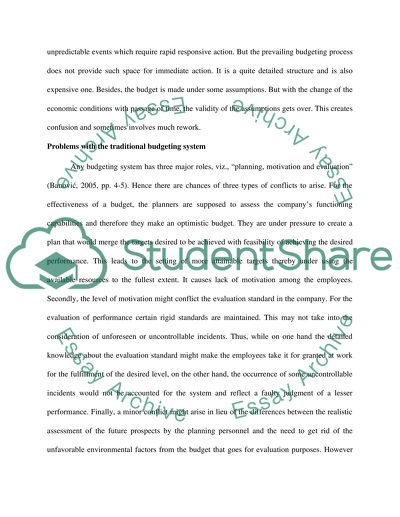Cite this document
(“The Role of Budgeting in the Current Economic Climate Essay”, n.d.)
The Role of Budgeting in the Current Economic Climate Essay. Retrieved from https://studentshare.org/finance-accounting/1464648-the-role-of-budgeting-in-the-current-economic-climate
The Role of Budgeting in the Current Economic Climate Essay. Retrieved from https://studentshare.org/finance-accounting/1464648-the-role-of-budgeting-in-the-current-economic-climate
(The Role of Budgeting in the Current Economic Climate Essay)
The Role of Budgeting in the Current Economic Climate Essay. https://studentshare.org/finance-accounting/1464648-the-role-of-budgeting-in-the-current-economic-climate.
The Role of Budgeting in the Current Economic Climate Essay. https://studentshare.org/finance-accounting/1464648-the-role-of-budgeting-in-the-current-economic-climate.
“The Role of Budgeting in the Current Economic Climate Essay”, n.d. https://studentshare.org/finance-accounting/1464648-the-role-of-budgeting-in-the-current-economic-climate.


